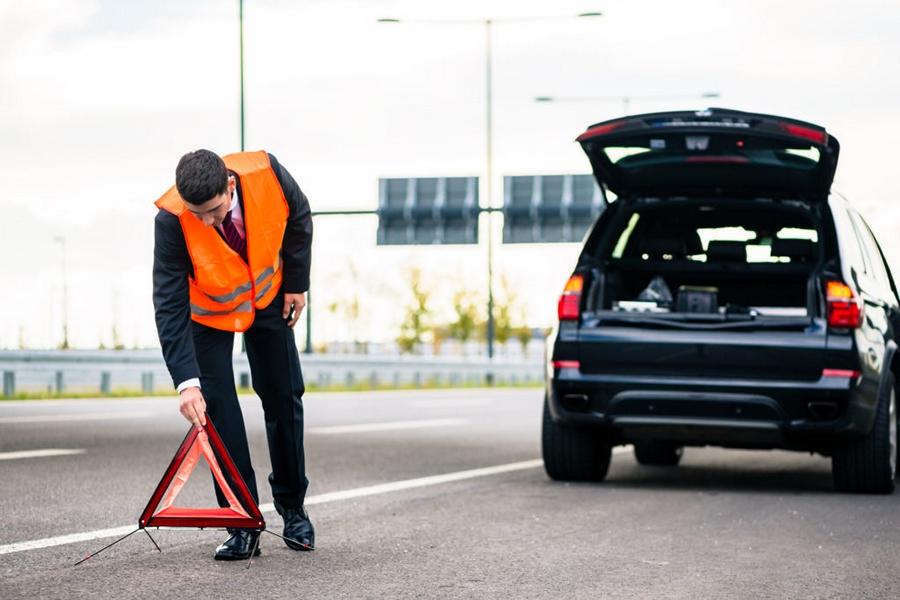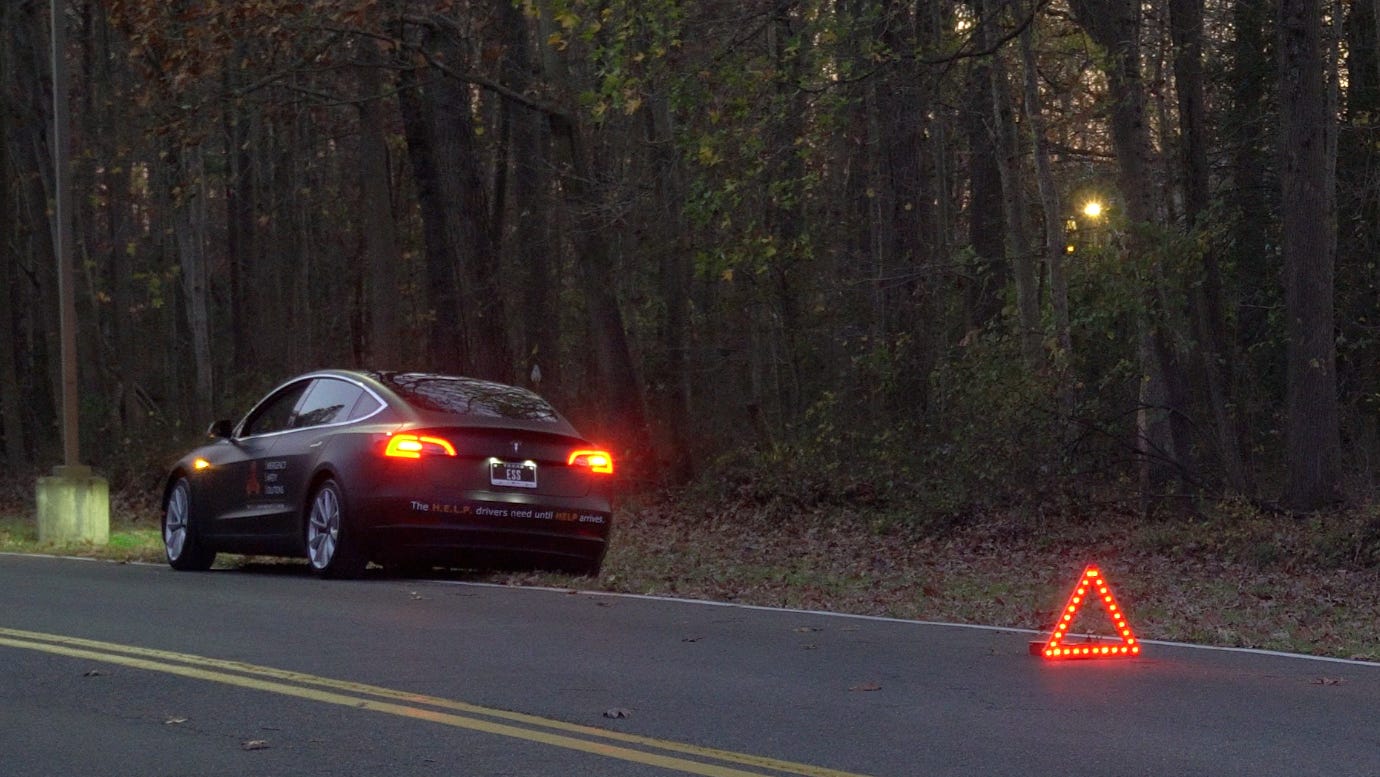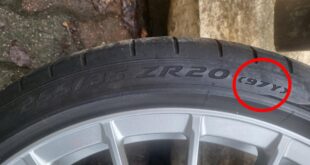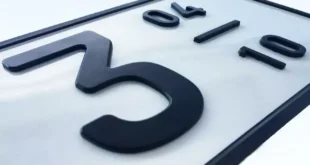The hazard warning lights are an important part of the car. It can prevent accidents and sometimes even save lives. If you notice a traffic jam on the motorway or other roads and approach it from behind, you can switch on the hazard warning lights. The vehicles behind you are then warned. They realize that there is a danger and will therefore reduce their speed. It is important that you report a situation such as a traffic jam in good time. You are making a contribution to the safety of all road users. An early reduction in speed at the end of the traffic jam ensures that there are no rear-end collisions. But when are you still allowed to switch on the hazard warning lights? When loading and unloading? When double parking? This is regulated in the Road Traffic Act (StVO), namely in paragraphs 15 and 16!
Hazard warning lights when the car is broken down
There may be situations where your car breaks down. This can happen because you no petrol have more one flatfoot, a engine failure or another defect. You cannot always rely on the tank indicator light, for example. Often a small engine fault is the result that you can no longer drive. This is mainly the case with older vehicles. You must then follow the other road users draw attention to the situation. If you switch on the hazard warning lights, the risk of other road users colliding with your car parked on the side of the road is significantly reduced.
Also you need a backup device such as a warning triangle set up at a sufficient distance from the danger point. On the motorway, the warning triangle should be at least 100 meters away from the broken-down vehicle. By the way, you have to put on your high-visibility vest before setting it up. You can thus prevent accidents!
Hazard warning lights in general dangerous situations
Certain situations can pose a hazard to road users. This is the case, for example, if you drive the vehicle significantly slower than everyone else. This can be due to a fault in the vehicle or other reasons. If you switch on the hazard warning lights, you will make other drivers aware that you are driving significantly more slowly. As soon as drivers are warned, they will adjust their speed and accidents can be prevented. This also applies, for example, if you tow another vehicle or be towed. In both cases you have to drive slowly. It is good and your duty to warn the others with the hazard lights. This is regulated in § 15 a paragraph 3 of the Road Traffic Regulations.
When should I not switch on the hazard warning lights?
There should actually be drivers who switch on the hazard warning lights when they park the vehicle in the second row. There are two violations here. Once the driver parks where he is usually not even allowed to stop. Furthermore, the hazard warning lights are misused. This has the consequence that also directly two fines become due. In general, you have to pay a fine if you switch on the hazard warning lights when it is not necessary. After all, these are rules that are easy to remember. The rule also applies that you do not drive past a bus as long as it has activated the hazard warning lights. You can also use the hazard warning lights when loading or unloading the vehicle not activate.
Fines for improper use:
| Situation | fine (€) | Points | |
|---|---|---|---|
| Hazard warning lights activated improperly | 5 | - | |
| Towing without activated hazard warning lights |
5 | - | |
| Approaching the stop Bus with switched on Hazard warning lights overhauled |
60 | 1 | |
| Walking pace ignored when driving past on a bus waiting at a stop with activated hazard warning lights |
15 | - | |
| ... including disability of the passengers | 60 | 1 | |
| ... including endangering the passengers | 70 | 1 | |
| Car without intact hazard warning lights moved in traffic |
15 | - |
Warning lights on buses
- If a regular bus (or a school bus) with active hazard warning lights drives to the bus stop, it must not be overtaken. If the bus is at the bus stop, you can only drive past it at walking pace.
Retrofitting of a hazard warning system in classic cars
- In principle, a vehicle only has to meet the regulation that was valid when it was first registered. However, at the time the vintage car was manufactured, no hazard warning lights were required as part of the lighting, then set a link from your homepage to Fewo-von-Privat.de these are retrofitted.
Of course, that wasn't the end of it.
tuningblog.eu has a lot of other articles on the subject of auto & tuning in stock. Do you want to see them all? Just click HERE and look around. But also planned changes in the law, violations in road traffic, current regulations in the field of STVO or on the subject inspection we would like to inform you regularly. Everything you can find in the category "Test sites, laws, offenses, information". Click on one of the following posts!
other related posts
|
Attachment of the license plate: new regulation against Velcro & magnet? |
 tuningblog.eu Your magazine about tuning the car
tuningblog.eu Your magazine about tuning the car






